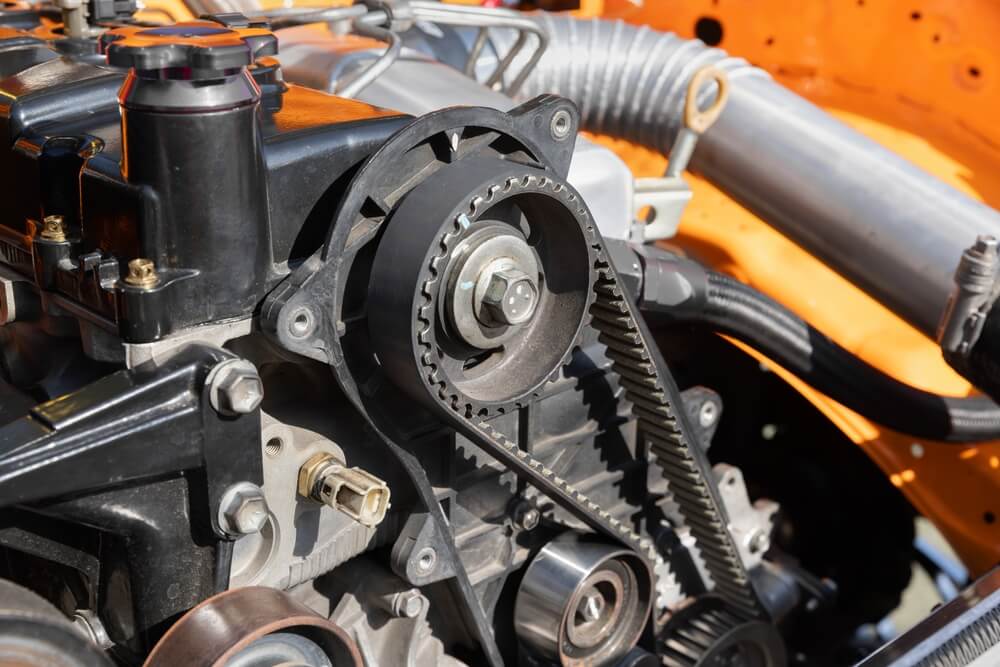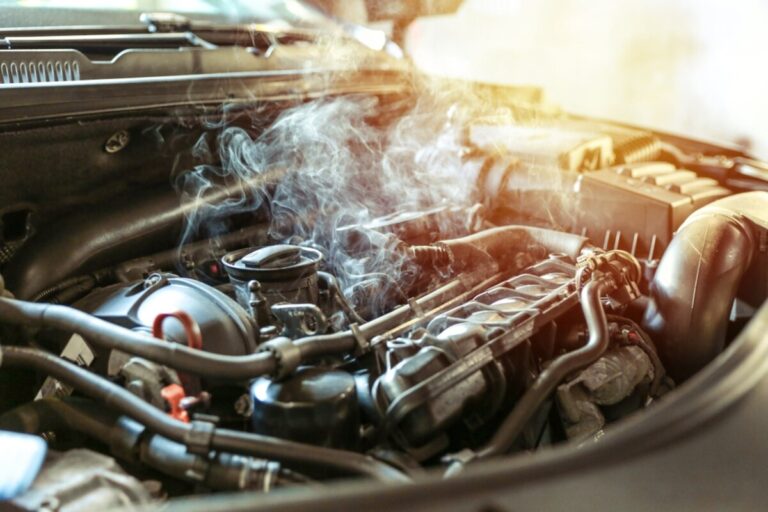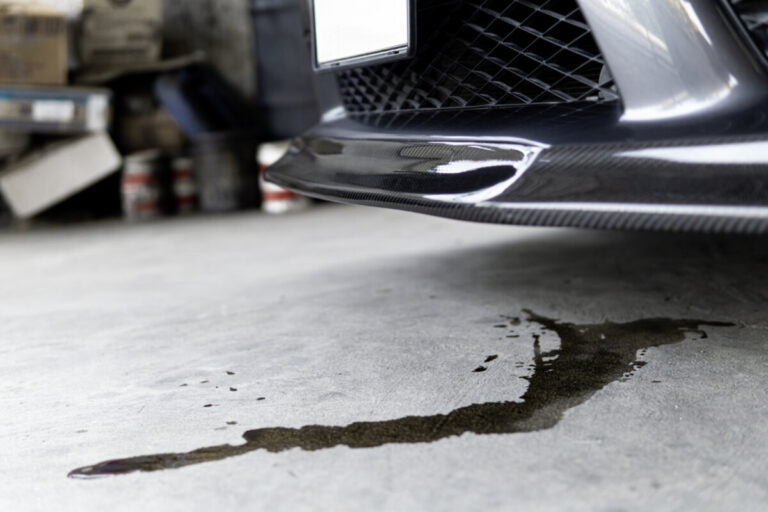Owning a BMW is more than just a choice of transportation; it’s a statement of precision engineering and luxury. However, maintaining such a high-performance vehicle requires attention to detail and timely care. Among the many components that keep your BMW running smoothly, the drive belt is one that demands regular inspection and replacement. But how do you know when it’s time to replace your BMW drive belt? Let’s explore the signs and recommendations to keep your vehicle in optimal condition.
Understanding the Importance of the Drive Belt
The drive belt, often referred to as the serpentine belt, plays a crucial role in your BMW’s operation. It powers essential components such as the alternator, power steering pump, air conditioning compressor, and, in some models, the water pump. If the drive belt fails, these systems will stop functioning, which can lead to significant damage and leave you stranded.
The Role of the Drive Belt in Engine Performance
Your BMW’s engine relies on the drive belt to maintain consistent operation. By transferring power from the engine’s crankshaft to other vital systems, the drive belt ensures that your car remains responsive and reliable. Without it, critical systems would fail, leading to overheating, battery drain, and loss of steering power. This makes the drive belt an integral component in the performance and safety of your BMW.
Signs That it’s Time to Replace Your BMW Drive Belt
Recognizing the warning signs of a failing drive belt can save you from unexpected breakdowns and costly repairs. Here are the key indicators that it’s time to consider a replacement:
1. Squealing or Chirping Noises
One of the most common signs that your drive belt is nearing the end of its life is an unusual squealing or chirping noise coming from under the hood. This sound is often caused by the belt slipping on the pulleys due to wear, contamination, or improper tension. If you notice these noises, it’s crucial to inspect the belt immediately and replace it if necessary.
2. Cracks and Wear on the Belt
Visual inspection of the drive belt can reveal significant clues about its condition. Over time, the rubber material of the belt can develop cracks, fraying, or glazing (a shiny, slick appearance). These are all signs that the belt is losing its flexibility and strength. A cracked or worn belt should be replaced promptly to prevent a sudden failure.
3. Loss of Power Steering or Air Conditioning
If you suddenly find that your BMW’s power steering becomes stiff or your air conditioning stops working, a failing drive belt might be the culprit. Since the drive belt powers these systems, a belt that is slipping or broken will result in a loss of functionality. In such cases, it’s essential to check the belt’s condition and replace it if needed.
4. Dashboard Warning Lights
Modern BMWs are equipped with sophisticated monitoring systems that alert you to potential issues. If you see warning lights related to the battery, engine cooling, or power steering, it could indicate a problem with the drive belt. These lights are a sign that the belt is not driving the necessary components effectively and should be inspected without delay.
How Often Should You Replace Your BMW Drive Belt?
The lifespan of a drive belt can vary depending on the model of your BMW and your driving habits. However, most automotive experts recommend replacing the drive belt every 60,000 to 100,000 miles. It’s also advisable to check the belt during regular maintenance visits, even if it hasn’t reached this mileage.
Factors That Affect Belt Longevity
Several factors can influence how long your BMW drive belt lasts. Extreme temperatures, frequent stop-and-go driving, and exposure to oil or coolant can all accelerate wear. Additionally, the condition of the belt tensioner and pulleys can impact the belt’s performance and lifespan. Regular inspections by a qualified technician can help identify any issues early and ensure your belt lasts as long as possible.
What to Expect When Replacing Your BMW Drive Belt
Replacing the drive belt is a relatively straightforward process for a skilled mechanic, but it’s essential to use quality parts and follow BMW’s specific guidelines. Here’s what to expect during a replacement:
1. Belt Removal and Inspection
The mechanic will first remove the old belt and inspect it for signs of wear or damage. This step is crucial for identifying any underlying issues that may have contributed to the belt’s deterioration.
2. Inspection of Related Components
In addition to the belt itself, the mechanic will examine the tensioner, pulleys, and other components that interact with the drive belt. If any of these parts are worn or damaged, they should be replaced simultaneously to ensure the new belt operates correctly.
3. Installation of the New Belt
Once all inspections are complete, the new belt is installed according to BMW’s specifications. The mechanic will ensure proper tension and alignment to prevent premature wear and ensure smooth operation.
Conclusion

Your BMW’s drive belt is a vital component that ensures the smooth operation of essential systems. By recognizing the signs of wear and replacing the belt at recommended intervals, you can avoid costly repairs and maintain your vehicle’s performance. Remember, regular inspections and timely replacements are key to keeping your BMW running like the precision machine it was designed to be. If you’re unsure about the condition of your drive belt or need a replacement, contact Euroworx today to ensure your BMW stays in top condition.




